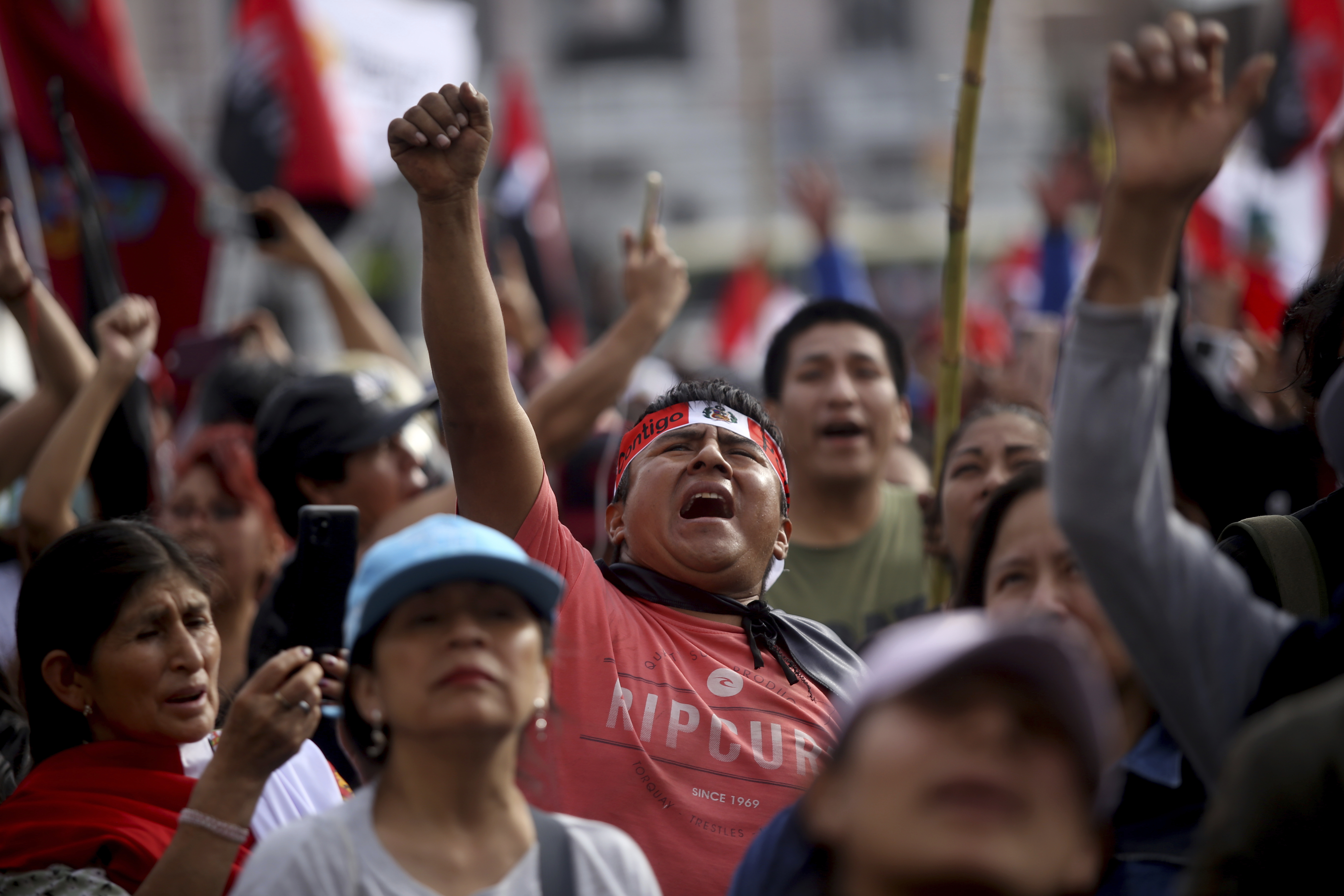A Look at Costa Rica’s 2022 General Elections
A Look at Costa Rica’s 2022 General Elections
Amid concerns about debt and unemployment, Ticos vote for a president and legislators on February 6. Learn more and see what the polls say.
A presidential candidate in Costa Rica only needs to notch 40 percent of votes in the first round to win outright. Despite that low threshold, both the 2014 and 2018 races went to a runoff. With none of the 25 official candidates polling above 20 percent, the 2022 race could go down the same path in February 6 general elections. A presidential runoff on April 3 is likely.
AS/COA covers this year’s votes in the Americas, from presidential elections to referendums.
Get our occasional Friday newsletter in your inbox for updates on Latin American politics, economics, and culture.











